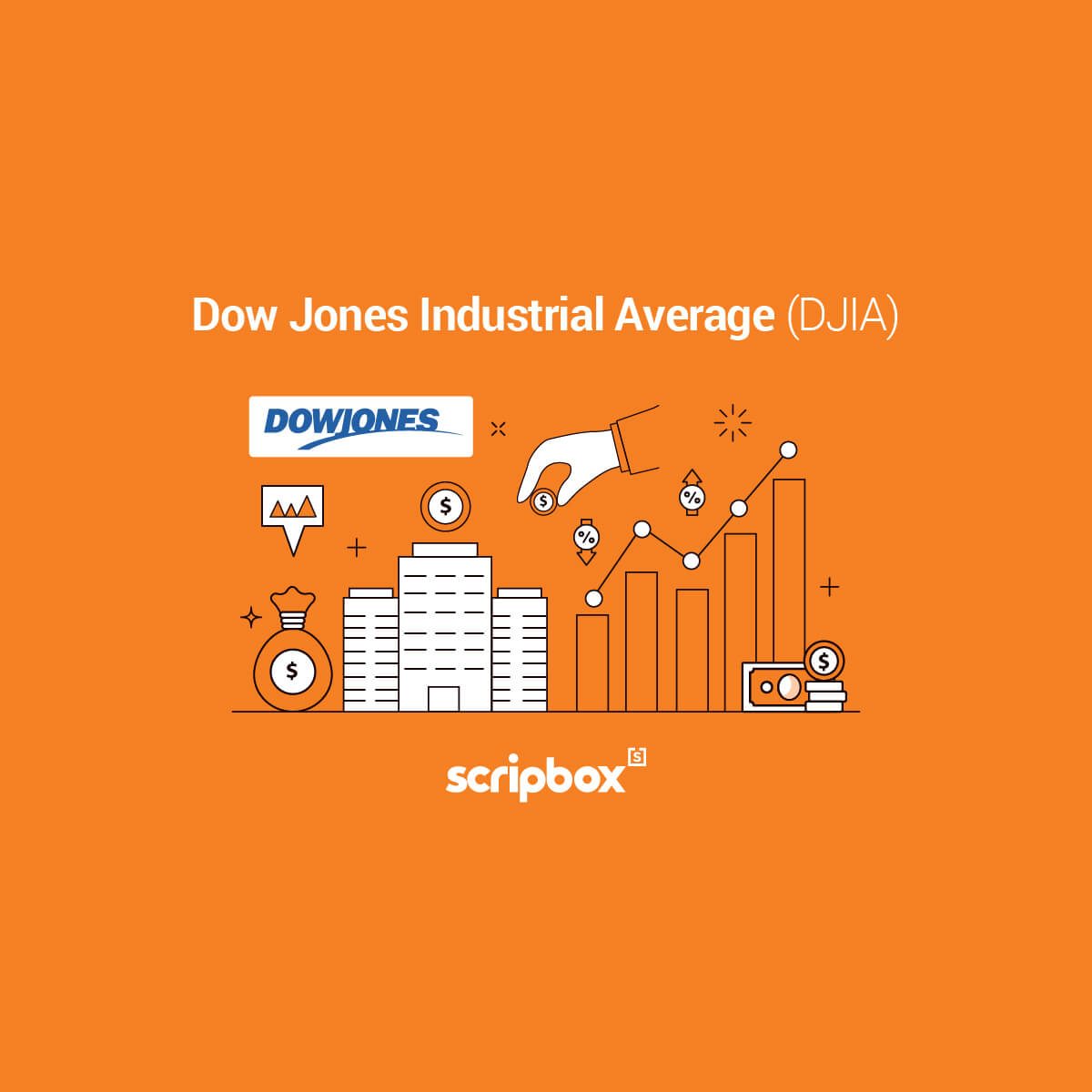In this article
7 Mins
Article Content
- What are Over The Counter (OTC) Derivatives?
- Types of OTC Derivatives Market
- How Do OTC Derivatives Work?
- Types of OTC Derivatives
- Advantages and Disadvantages of OTC Derivatives
- Risks Hedged Using OTC Derivatives
- Differences Between Exchange Traded Derivatives and OTC Derivatives
- Frequently Asked Questions
A derivative is a financial instrument that derives its price based on one or more underlying assets. A price change in the underlying assets directly impacts a derivative’s market value. Such underlying assets include stocks, bonds, commodities, currencies, interest rates, and market indexes. Derivatives can be categorised as over-the-counter (OTC) or exchange-traded depending on where they are exchanged or listed.
What are Over The Counter (OTC) Derivatives?
Derivative contracts are signed directly between the parties without the involvement of any stock market platforms or other middlemen. Stocks that trade through a different dealer are OTC. These are known as unlisted stocks, where brokers and dealers trade securities over the counter. It provides higher flexibility because the terms and conditions are open for negotiation and customization among the parties.
Types of OTC Derivatives Market
There are 2 types of derivatives market in India which are the inter-dealer market and the customer market. As the name suggests, an inter-dealer market allows different dealers to conduct trade with themselves. The dealer aims to hedge risk by negotiating prices. The customer market allows over-the-counter trading for a dealer as well as a customer. The customers and dealers agree on the pricing for purchasing and selling derivatives. These prices are provided by dealers to customers.
How Do OTC Derivatives Work?
Over-the-counter derivatives are private financial agreements between two or more counterparties. In contrast, listed derivatives are more structured and standardized contracts that trade on stocks exchanges and are subject to additional regulation. This is because the stock exchange determines the underlying assets, the quantity of the underlying assets, and the settlement.
These contracts are negotiated directly between counterparties. However, a broker may assist in arranging the trade. As a result, over-the-counter derivatives might be tailored to fit the precise risk and return requirements of each participant. This kind of derivative gives flexibility, but because there is no clearing agency, it also carries a credit risk.
Types of OTC Derivatives
The following are the types of OTC derivatives in India:
- Interest Rate Derivatives: A financial derivative contract known as an “Interest Rate Derivative” (IRD) derives its value from one or more interest rates, the price of interest rate instruments, or interest rate indexes. The most common OTC derivative that derives value from interest rates are swaps.
- Commodity Derivative: A derivative contract, which has a commodity as its underlying asset, is a commodity derivatives contract. The commodities traded under this derivative contract are agricultural as well as non-agricultural commodities.
- Equity derivatives: These derivatives derive their value from the underlying equity securities. The most popular OTC equity derivative is OTC options.
- Currency Derivatives: These are futures and options contracts that require trading of a specific quantity of a particular currency pair at a future date. Currency derivative trading is comparable to stock and futures options trading. However, rather than being equities, the underlying resources are currency pairings like USD and INR or EUR and INR.
- Credit Derivatives: Without any underlying asset exchange, one party transfers the credit risk to another. OTC trading in credit derivatives includes Credit Default Swap (CDS) as well as Credit Linked Notes (CLNs).
Advantages and Disadvantages of OTC Derivatives
Advantages of Over-the-Counter Derivatives
The following are the advantages of OTC derivatives:
- Since the OTC derivatives are agreed upon privately, it allows the parties to have a much more flexible and customised contract.
- OTC contracts are beneficial in hedging against credit risk.
- For unlisted companies, it works as a mechanism to trade with lower cost and lesser regulations.
Disadvantages of Over-the-Counter Derivatives
The following are the disadvantages of OTC derivatives:
- OTC derivatives markets embody risks to financial market stability
- Counterparty (credit) risk management is decentralized and carried out by separate institutions.
- Individual positions, leverage, and margins are not officially subject to any centralized restrictions.
- There are no regulations to cover these contracts.
- The integrity and stability of the market, as well as the protection of the interests of all market players collectively, are not guaranteed by any explicit rules or systems.
- No regulatory body or the exchange’s self-regulatory body governs OTC derivatives. Moreover, various national legal frameworks, banking regulations, and market surveillance impact these derivatives indirectly.
Risks Hedged Using OTC Derivatives
A hedge is a tactic that aims to reduce financial asset risk exposures. To hedge is to take an opposite position in a security or investment to balance out an existing trade’s price risk. Therefore, a trade undertaken with the intention of lowering the risk of unfavourable price changes in another asset is called a hedge. Investors can protect themselves against unfavourable price changes in practically any investment, including stocks, bonds, interest rates, currencies, commodities, and so on.
- Currency Risk– Using derivatives, a trader can hedge or protect against currency rate fluctuations. Companies with a higher number of foreign currency transactions benefit from OTC derivatives. This way, they ensure that the fluctuations do not increase their obligations or decrease their income.
- Interest Rate Risk– An interest rate swap protects a trader from rising or falling interest rates in the market.
- Commodity Risk– Similar to currency risk, traders face the risk of fluctuations in prices of commodities such as gold, oil, agricultural produce, and so on. By entering into a commodity derivative, the trader deals to buy or sell the commodity at a specific price. Hence, the risk or fall beyond or below the agreed price does not impact the trader.
Differences Between Exchange Traded Derivatives and OTC Derivatives
Exchange Traded Derivatives
As the name suggests, exchange traded derivatives are derivatives listed on the stock exchange and traded through the stock exchange. These are standardised contracts that parties agree to enter with themselves, complying with RBI and SEBI regulations. The clearinghouse does the clearing or settlement.
Exchange Traded Derivatives vs OTC Derivatives:
- The OTC derivatives do not have a predetermined price or expiry date. On the other hand, exchange traded derivatives have a fixed duration and a price. This way exchange traded derivatives are more formalised than OTC derivatives
- Exchange traded derivatives settlement is done through clearing houses. The exchange serves as a market maker when trading volumes are low. However, OTC derivatives have no clearinghouse. The only parties that can choose an OTC derivative are the buyer and seller.
- The exchanges where derivatives are traded guarantee that there is always a counterparty, or a seller for every buyer and a buyer for every sale, regardless of price. This is the main drawback of OTC derivatives over exchange-traded derivatives.
- OTC derivatives lack a secondary market where traders can take short or long positions. To balance losses or increase earnings, traders will need to enter into additional transactions or create lines of credit for counterparties. OTC derivatives are mostly self-regulatory due to a lack of restrictions. The concerned parties established mutual balances and inspections for clearance and settlement. The terms of the contract may be modified and tailored to the needs of the parties.
- In OTC derivatives, the buyer and seller are free to choose the striking price and expiration on mutually agreeable conditions. This is due to the lack of an exchange or clearinghouse between them. The strike price computation may be subject to specific limitations or legal requirements when options trade on exchanges. However, such restrictions are not applicable to OTC derivatives.
Frequently Asked Questions
What is the similarity between OTC derivatives and exchange traded futures?
The only similarity between OTC derivatives and exchange traded futures is that both instruments are subject to credit risk. With a credit risk, there is a risk of failure from the counterparty’s end.
Is mark-to-market margins applicable to OTC options?
No, mark-to-market margins are not applicable to OTC options.
Are futures contracts OTC derivatives?
No, future contracts are not OTC derivatives. However, forward contracts are OTC derivatives.
Are OTC derivatives risky?
Yes, over the counter derivatives carry a risk factor like other derivatives in the exchange traded market. Usually, derivatives carry risks such as market volatility, price fluctuations, interest rate risk, and currency fluctuations. OTC derivatives face counterparty default risk to a higher extent in comparison to exchange traded derivatives. As we know, these are private arrangements between two individuals or entities. At the time of contract maturity, there is no guarantee that other traders will comply with their responsibilities.



